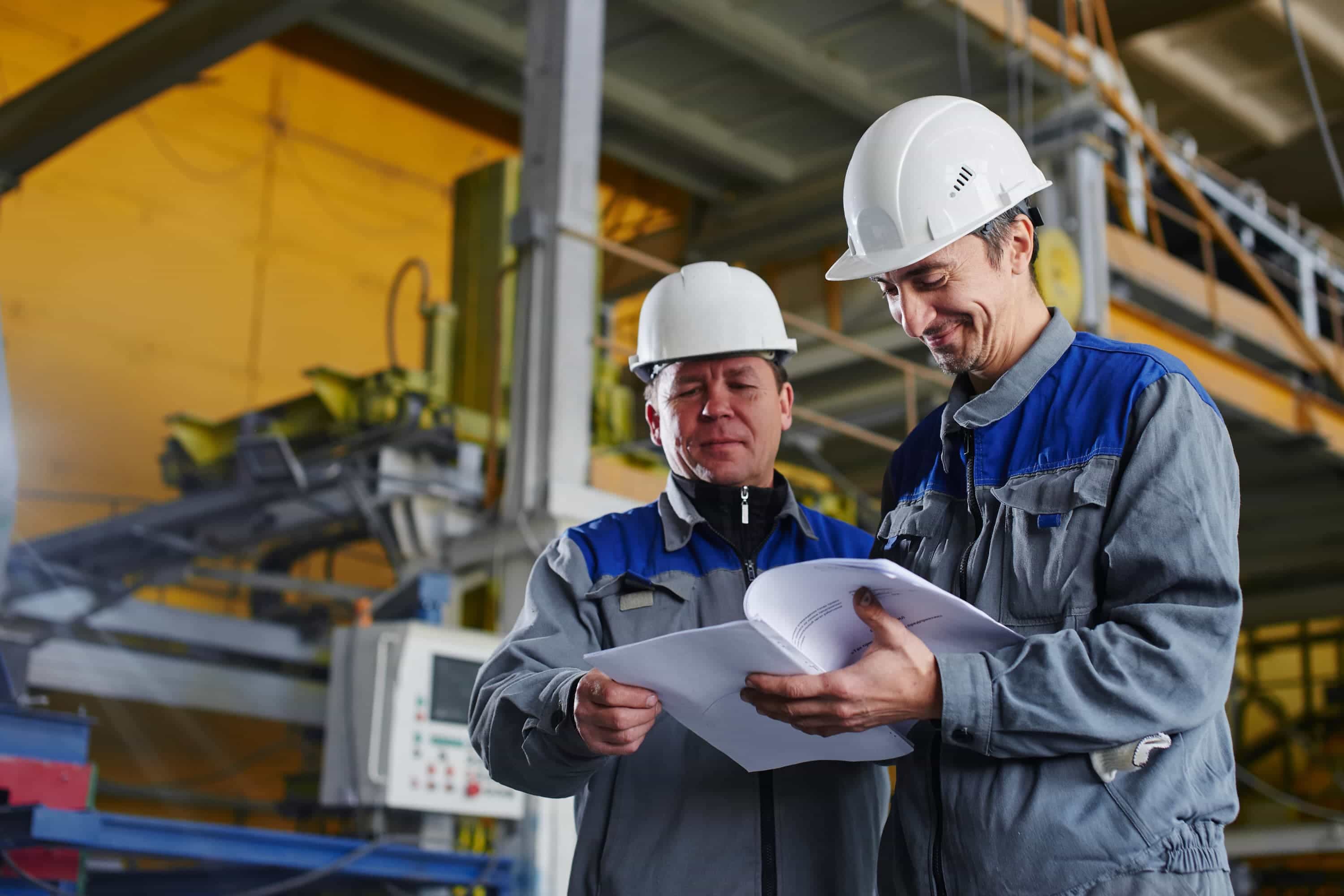The Essential Guide to Preventive Air Compressor Dryer Maintenance
Preventive maintenance for air compressor dryers is essential to ensure they operate efficiently, prolong their lifespan, and prevent unexpected breakdowns. Regular care not only reduces the chances of costly repairs but also optimizes the overall performance of the system. One of the primary aspects of preventive maintenance is regularly checking the dryer for signs of wear or damage. This involves visually inspecting key components such as filters, valves, and seals. Any visible cracks or leaks should be addressed promptly to avoid further complications that could impact air quality or system pressure. Another crucial aspect of maintenance is the cleaning of air filters. Over time, filters accumulate dust, dirt, and other debris, which can reduce airflow and strain the compressor. To maintain the efficiency of the system, it is important to regularly inspect and clean or replace the filters as needed. In some cases, filters may need to be replaced entirely to ensure optimal filtration. Neglecting this task could lead to reduce air quality, increased energy consumption, and even compressor failure.

Monitoring and draining the condensate from the dryer is another key component of preventive maintenance. Air compressors produce moisture that can accumulate within the system, leading to corrosion or potential damage if not managed properly. Regularly draining the condensate from the system prevents water buildup and helps to maintain a dry and clean air supply. Some systems are equipped with automatic drains, but it is still important to inspect these components regularly to ensure they function as intended. The performance of the desiccant or drying agent, inside the air dryer must also be checked periodically. Over time, desiccant materials lose their effectiveness, which can lead to higher humidity levels in the air system. This can increase the chances of corrosion, rust, and other moisture-related issues. Replacing or reactivating the desiccant according to the manufacturer’s guidelines ensures that the air dryer continues to perform optimally and prevents moisture from entering the compressed air system.
Another preventive measure is to monitor the pressure settings of the air compressor dryer. Pressure that is either too high or too low can lead to inefficiency and damage to the dryer components. Ensuring that the system operates within the recommended pressure range reduces the strain on components and keeps the entire system functioning at peak performance. Regularly checking and adjusting the pressure helps avoid unnecessary energy waste, which can have both environmental and financial consequences and Get the facts https://www.urbansplatter.com/2025/01/optimizing-your-air-system-for-nitrogen-generation-key-considerations/. Scheduling routine professional inspections is a vital part of preventive maintenance. While regular self-checks are essential, having a professional technician inspect the air compressor dryer on an annual or semi-annual basis is recommended. These professionals can identify potential issues that might be overlooked by an untrained eye, allowing for early intervention and minimizing the risk of major system failures. With thorough inspections, any hidden problems can be addressed, and adjustments made to keep the air compressor dryer in optimal working condition for years to come.